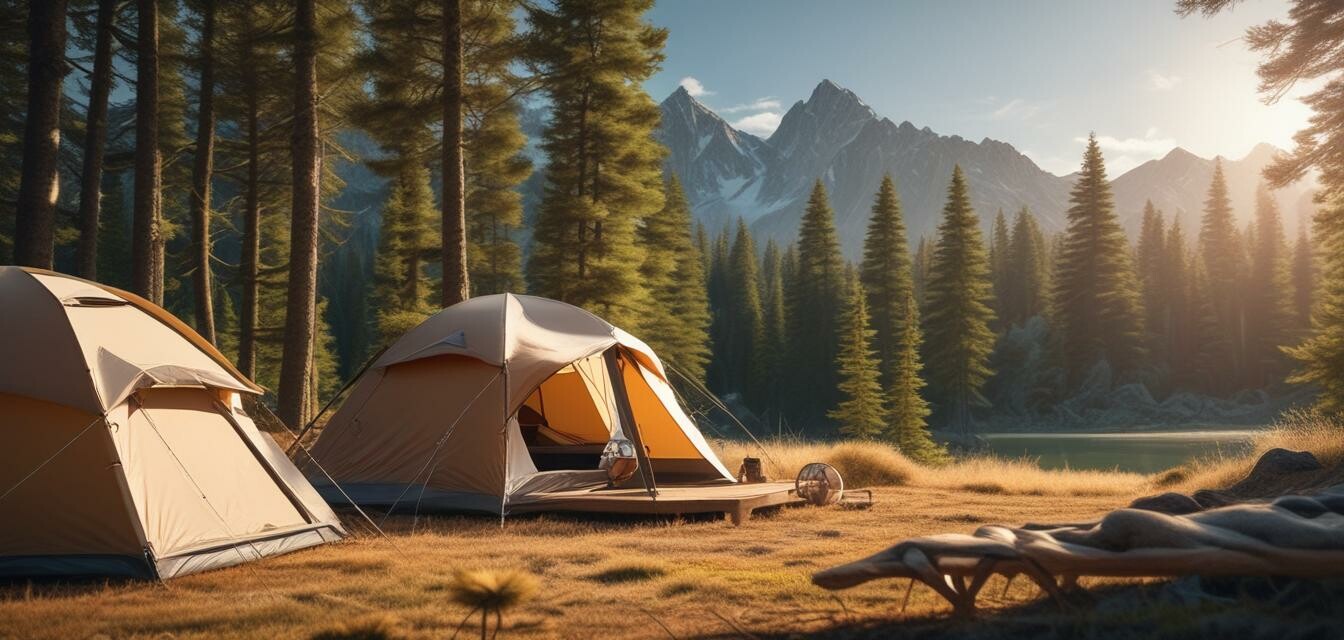
Common Mistakes to Avoid with Solar-Powered Shelters
Key Takeaways
- Understand the energy needs of your equipment.
- Choose the right location for optimal sunlight exposure.
- Regularly maintain and clean your solar panels.
- Pack essential accessories for enhanced functionality.
- Test your setup before heading out to avoid issues.
Camping with solar-powered shelters can be an incredible experience, combining the joy of nature with modern technology. However, there are common pitfalls that can turn a great adventure into a hassle. In this article, we'll outline the critical mistakes to avoid when using solar-powered shelters, ensuring you have the best camping experience possible.
1. Underestimating Energy Needs
One of the biggest mistakes campers make is not fully accounting for their energy needs. It’s essential to understand how much power you’ll need for lights, charging devices, and other equipment.
| Device | Wattage | Estimated Usage (Hours) | Total Energy (Watt-hours) |
|---|---|---|---|
| LED Lantern | 5W | 4 | 20 |
| Smartphone Charge | 10W | 2 | 20 |
| Portable Fan | 12W | 3 | 36 |
| Total | 76 |
Use this table as a reference to calculate your total energy needs and ensure your solar setup is adequate.
2. Neglecting Sunlight Exposure
Another critical mistake is not placing your solar panels in optimal sunlight. Ensure you set up your panels where they receive direct sunlight for most of the day.
- Choose open areas without shading from trees or rocks.
- Adjust the angle of your solar panels to capture the most light.
- Consider the path of the sun throughout your camping duration.
3. Poor Maintenance of Solar Panels
To ensure optimal performance, regular maintenance of your solar panels is essential.
Tips for Maintaining Your Solar Panels
- Clean your solar panels with a soft cloth or sponge to remove dust and dirt.
- Inspect the panels for any signs of damage.
- Ensure all connections are tight and secure.
4. Not Packing the Right Accessories
Packing the appropriate accessories can greatly enhance your solar camping experience. Common items to remember include:
- Battery storage units
- Extension cables and connectors
- Portable solar chargers for mobile devices
Refer to our guide on portable solar panels for better energy solutions.
5. Failing to Test Your Setup
Last but not least, always test your setup before heading out into the wild. This ensures that everything works as expected, and you are familiar with how to operate your solar equipment.
- Set up your solar shelter at home before your trip.
- Check if lights and devices charge properly.
- Make necessary adjustments based on findings.
Pros
- Eco-friendly energy source
- Independence from traditional camping power sources
- Lots of options for solar-powered accessories
Cons
- Dependent on sunny weather
- Higher initial investment compared to non-solar setups
- Requires knowledge for effective usage
Conclusion
A successful solar camping experience hinges on preparation and knowledge. By avoiding these common mistakes, you can enhance your outdoor adventures and maximize the benefits of your solar-powered shelters. With proper planning, you can enjoy the wonders of nature without sacrificing comfort. For more tips on sustainable camping, check our Expert Tips category.